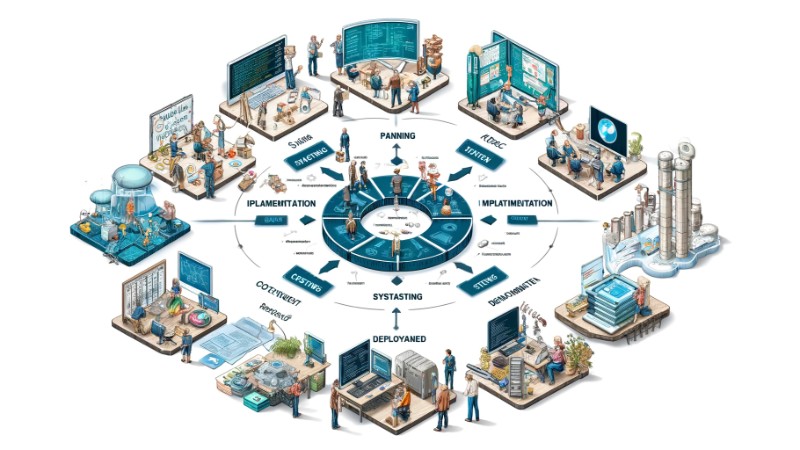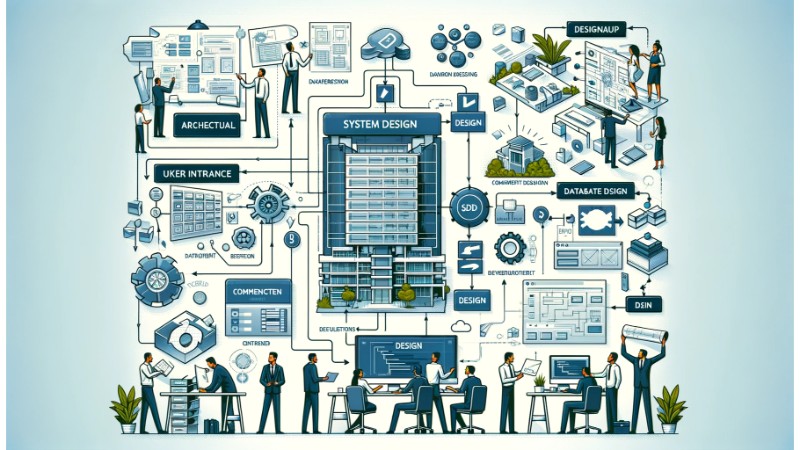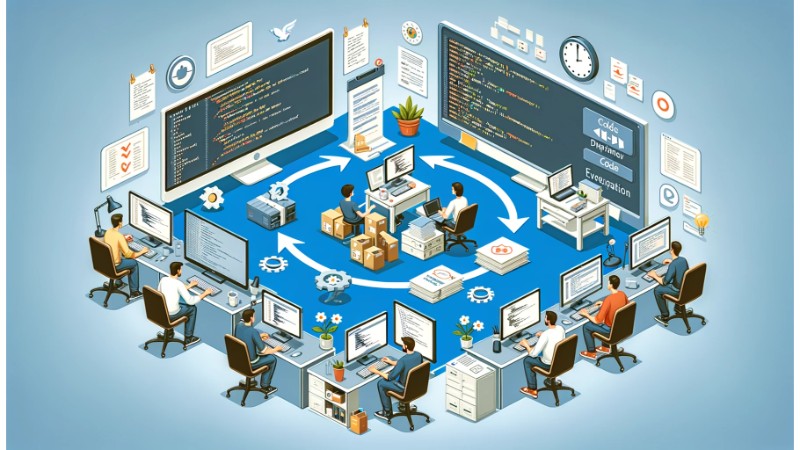Software Development Lifecycle

In today’s fast-paced technological world, software development plays a crucial role in the success of businesses and organizations. Understanding the Software Development Lifecycle (SDLC) is essential for ensuring the efficient and effective development of software products. This article will provide a comprehensive guide to the SDLC, detailing its phases, methodologies, and best practices.
What is the Software Development Lifecycle?
The Software Development Lifecycle is a structured process that outlines the stages involved in the development of software applications. It provides a framework for planning, creating, testing, and deploying software. The primary goal of the SDLC is to produce high-quality software that meets or exceeds customer expectations, within time and cost estimates.
Phases of the Software Development Lifecycle
 1. Planning
1. Planning
The planning phase is the foundation of the SDLC. It involves gathering requirements from stakeholders, defining the scope of the project, and creating a project plan. Key activities include:
Requirement analysis
Feasibility study
Project scheduling
Resource allocation
2. System Design
During the system design phase, the gathered requirements are transformed into a blueprint for the software. This phase involves creating detailed specifications and design documents. Key activities include:
Architectural design
User interface design
Database design
Component design
3. Implementation
The implementation phase, also known as the coding phase, is where the actual development of the software takes place. Developers write code based on the design documents created in the previous phase. Key activities include:
Code development
Code review
Version control
4. Testing
Testing is a critical phase in the SDLC that ensures the software is free of defects and meets the specified requirements. It involves various testing techniques to identify and fix bugs. Key activities include:
Unit testing
Integration testing
System testing
User acceptance testing (UAT)
5. Deployment
In the deployment phase, the software is delivered to the end users. This phase involves installing and configuring the software in the production environment. Key activities include:
Deployment planning
Installation and configuration
Data migration
User training
 6. Maintenance
6. Maintenance
The maintenance phase involves ongoing support and maintenance of the software after it has been deployed. This phase ensures the software continues to function correctly and remains up-to-date. Key activities include:
Bug fixing
Performance optimization
Updates and upgrades
Technical support
SDLC Methodologies
There are several methodologies that can be used to implement the SDLC. Each methodology has its own set of principles and practices. Some of the most popular SDLC methodologies include:
1. Waterfall
The Waterfall methodology is a linear approach where each phase must be completed before the next phase begins. It is best suited for projects with well-defined requirements.
2. Agile
The Agile methodology is an iterative approach that focuses on flexibility and customer collaboration. It involves continuous feedback and iterative development cycles, making it ideal for projects with evolving requirements.
3. Scrum
Scrum is a subset of Agile that emphasizes teamwork and collaboration. It involves short development cycles called sprints, with regular meetings to review progress and plan the next steps.
4. DevOps
DevOps is a methodology that integrates development and operations to improve collaboration and efficiency. It focuses on automation, continuous integration, and continuous delivery.
 Best Practices for the Software Development Lifecycle
Best Practices for the Software Development Lifecycle
To ensure a successful SDLC, it is important to follow best practices that enhance productivity and quality. Some key best practices include:
Clear Requirements: Ensure all requirements are clearly defined and understood by all stakeholders.
Regular Communication: Maintain open and regular communication among team members and stakeholders.
Documentation: Keep thorough documentation of all phases and activities to ensure transparency and accountability.
Testing: Implement rigorous testing practices to identify and resolve issues early.
Continuous Improvement: Regularly review and refine processes to improve efficiency and effectiveness.
Conclusion
Understanding and effectively implementing the Software Development Lifecycle is essential for the successful development of software products. By following the structured phases and best practices outlined in this guide, organizations can ensure the delivery of high-quality software that meets customer needs and stands the test of time. Embrace the right methodology for your project, and continually strive for improvement to achieve the best possible outcomes.


